Plants and Pollinators
Key Objectives
In this project, you will:
• Explore how different organisms take an active role in plant reproduction.
• Create and program a model of a bee and flower to mimic the relationship between the pollinator and the plant.
• Present and document the different models you have created of plants and their pollinators.
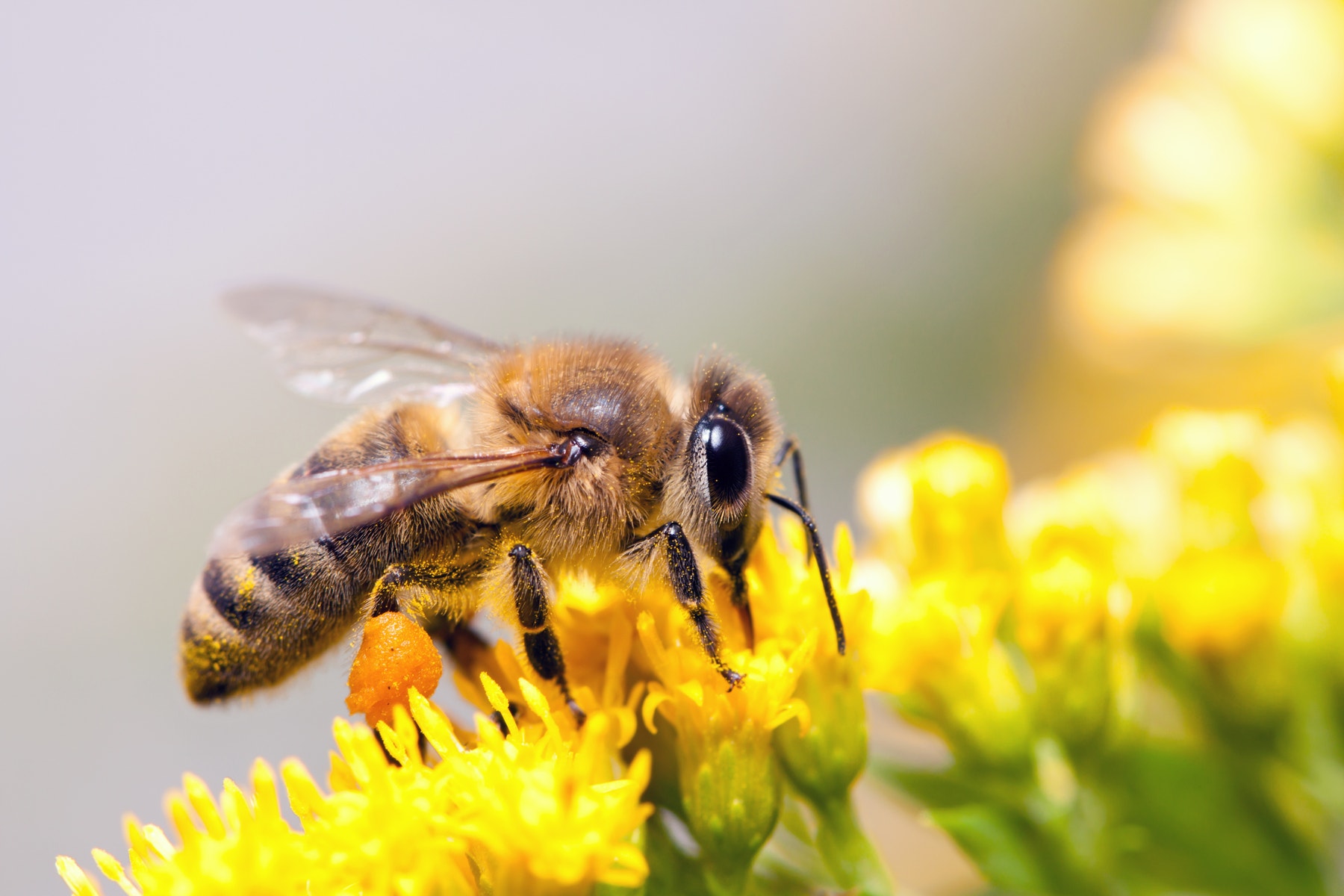
1. Explore phase
Max and Mia are taking a closer look at spring flowers and bees at the park.
They want to know more about the relationship between flowering plants and the animals who so often visit them.
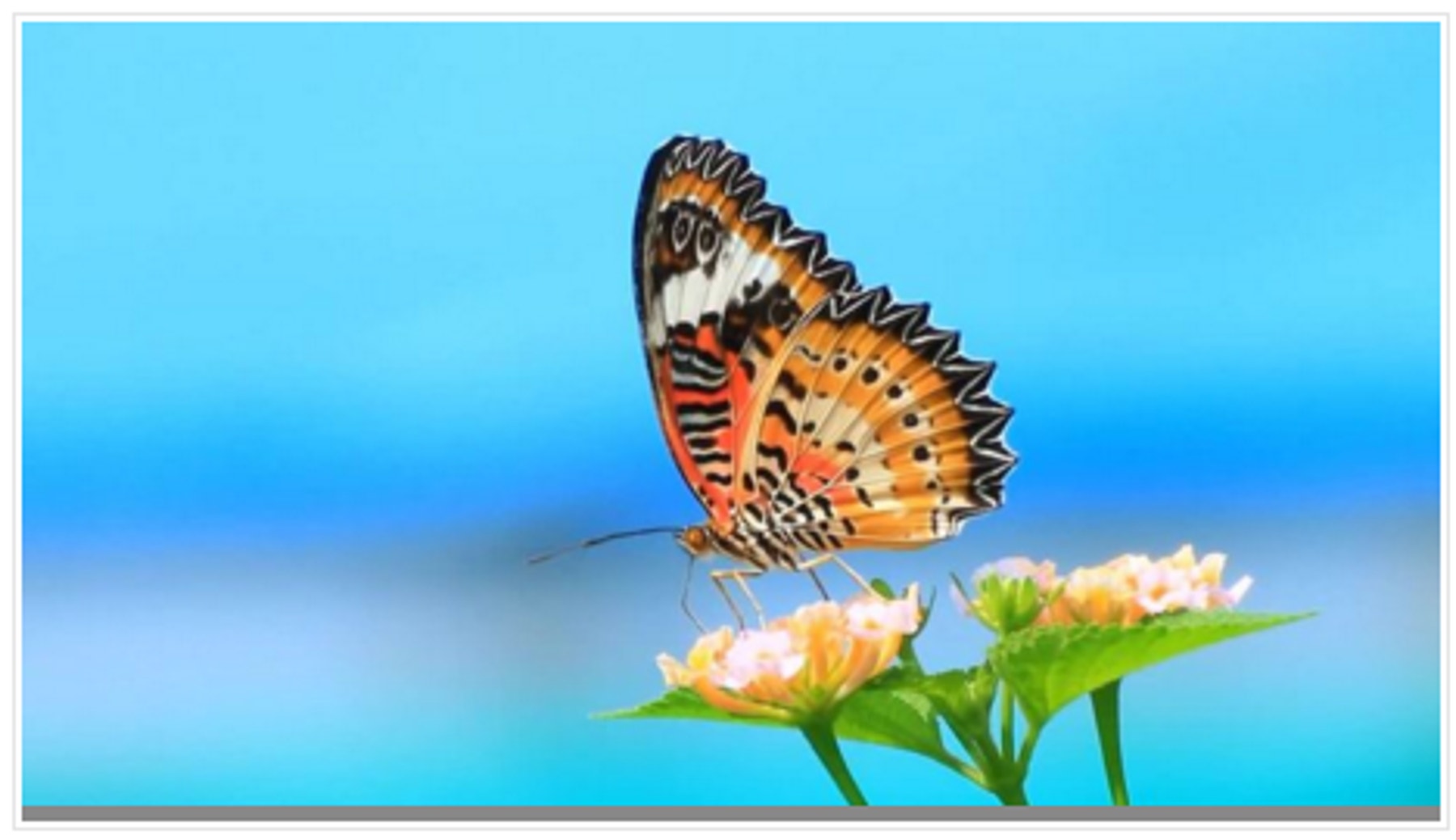
Explore Max's and Mia's questions:
1. What’s inside of a flower?
2. How do organisms help plants to reproduce?
3. What are these processes called?
Share your ideas with the documentation tool.
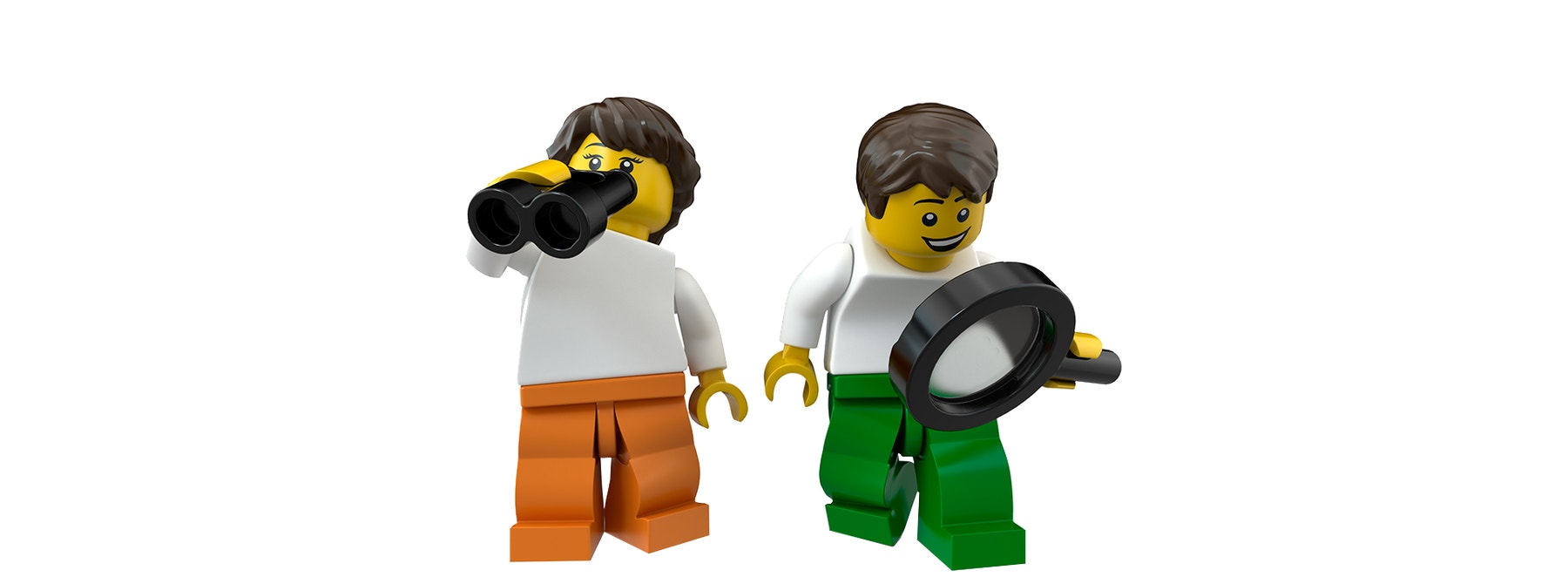
2. Create phase
Use the bricks:
Build a model of a bee flying around a flower full of pollen.

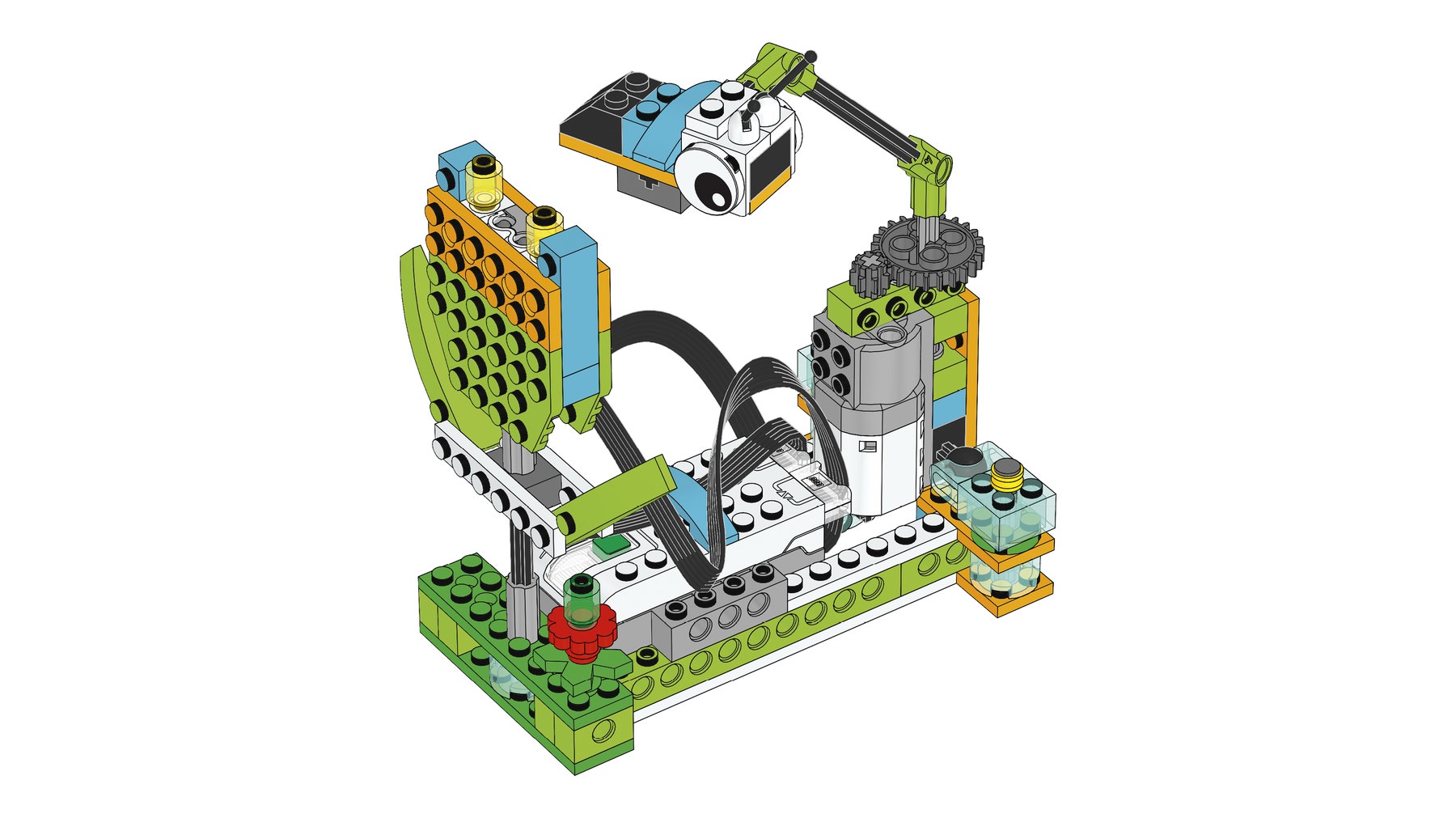
Connect your Smarthub
Turn on the Smarthub and connect it to your device. Watch the video if you need help.
See the Help panel for more guidance.
Program your model
Program your bee to stop at the flower to get some pollen.

Use your model
Build another pollinator that would likely be attracted by another flower.
Consider one of the following:
- Tubular flowers are best suited for birds.
- Butterflies are attracted to specific colors of flowers
- Pollination can happen between two different flowers.
Document how your flower and pollinator pair are suited for each other.
Use your model further (optional)
Build the plant after the flower has been pollinated and show how seeds are dispersed.
Choose one of the following:
- Seeds dispersed from flowering plants or nonflowering plants.
- Seeds dispersed by organisms.
- Seeds dispersed in other ways.
Document the seed dispersion process you have chosen to model.
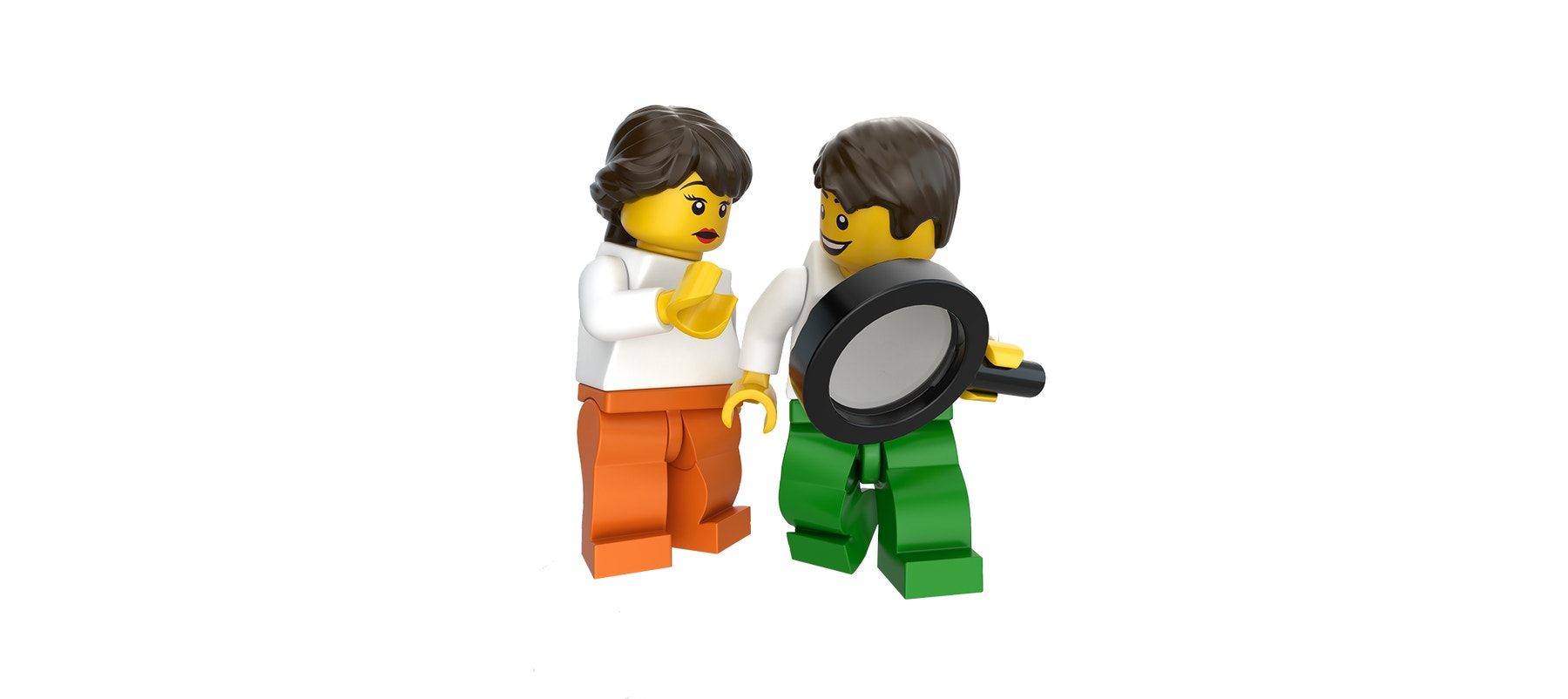
3. Share phase
Finalize your document
- Explain the limitations of your model.
- Organize your information.
- Insert important text, pictures, screen capture or videos to describe how your model represents an organism helping a plant to reproduce.

Share your findings:
Present in your own words how pollinators can contribute to plant reproduction.
Be sure to point out specific examples of how your model demonstrates this.
Share at least one limitation of your model.
